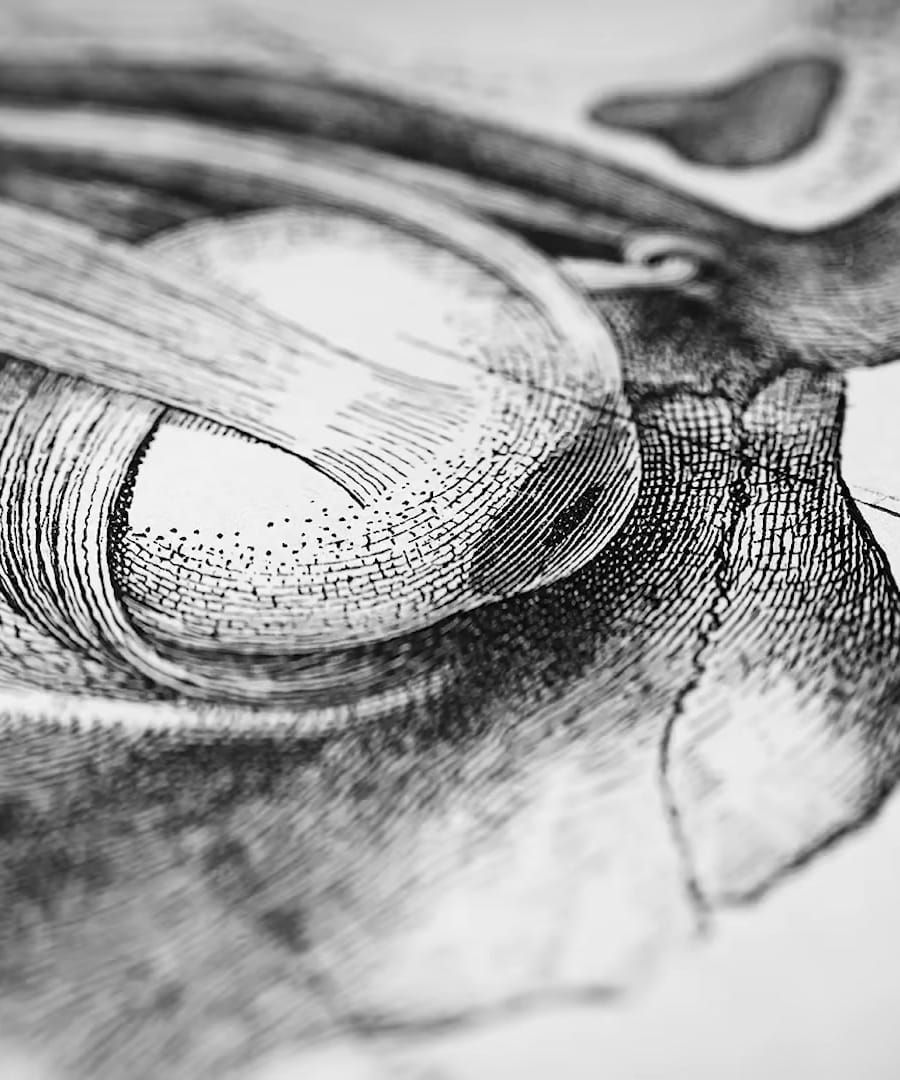Psilocybin
Sources:
Psilocybin, a psychedelic compound found in certain mushrooms, has garnered attention for its potential therapeutic benefits and its profound impact on neuroplasticity. Here are some key insights from the , particularly from :
-
Therapeutic Use: Psilocybin is being studied for its ability to improve mood and alleviate symptoms of depression. Clinical trials often involve multiple doses administered in controlled settings, with therapy sessions to support the integration of the experience 1.
-
Mechanism of Action: Psilocybin is a tryptamine that closely resembles serotonin, affecting specific serotonin receptors in the brain. This interaction promotes neuroplastic changes that can alter perception, consciousness, and emotional states long after the psychedelic experience has ended 2 3.
-
Neuroplasticity and Connectivity: The compound enhances functional connectivity in the brain, potentially explaining its therapeutic effects. This expanded connectivity persists beyond the immediate effects of the drug, suggesting long-lasting changes in brain function 4.
-
Legal and Safety Considerations: Despite its potential, psilocybin remains a controlled substance in many areas. It's critical for its use to be overseen in a clinical setting, especially for individuals with a history of mental health disorders or those under 25, due to ongoing brain development 5 6.
-
Clinical Outcomes: In psychotherapy contexts, psilocybin has shown significant efficacy in treating depression, often outperforming traditional antidepressants. However, patients undergoing such treatments are usually advised against abrupt changes to their existing medication regimens unless supervised by a healthcare provider 7.
emphasizes that while psilocybin is promising, it should be approached with caution, especially outside controlled environments 6.
RELATED QUESTIONS-
Psilocybin
- RELATED QUESTIONS






